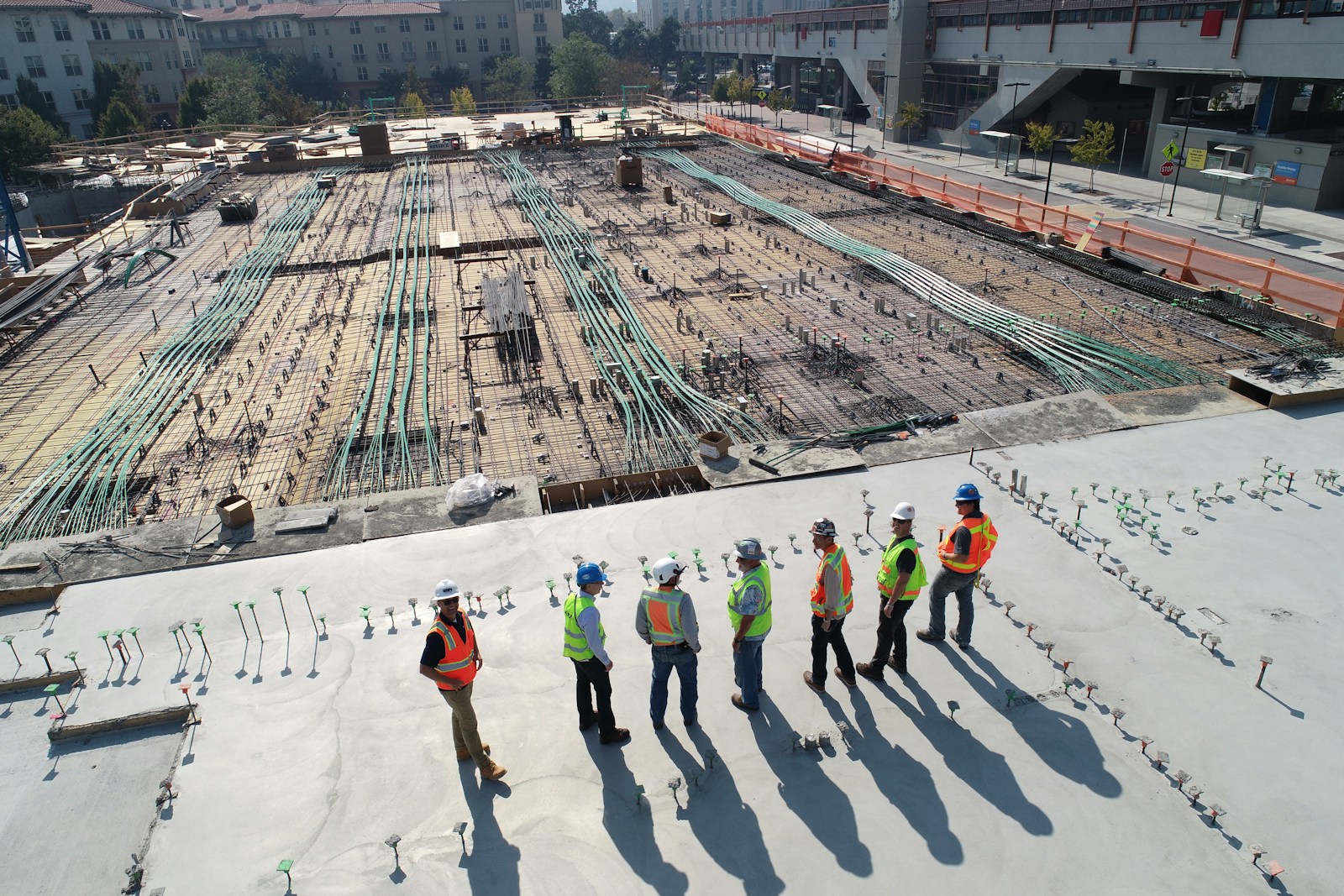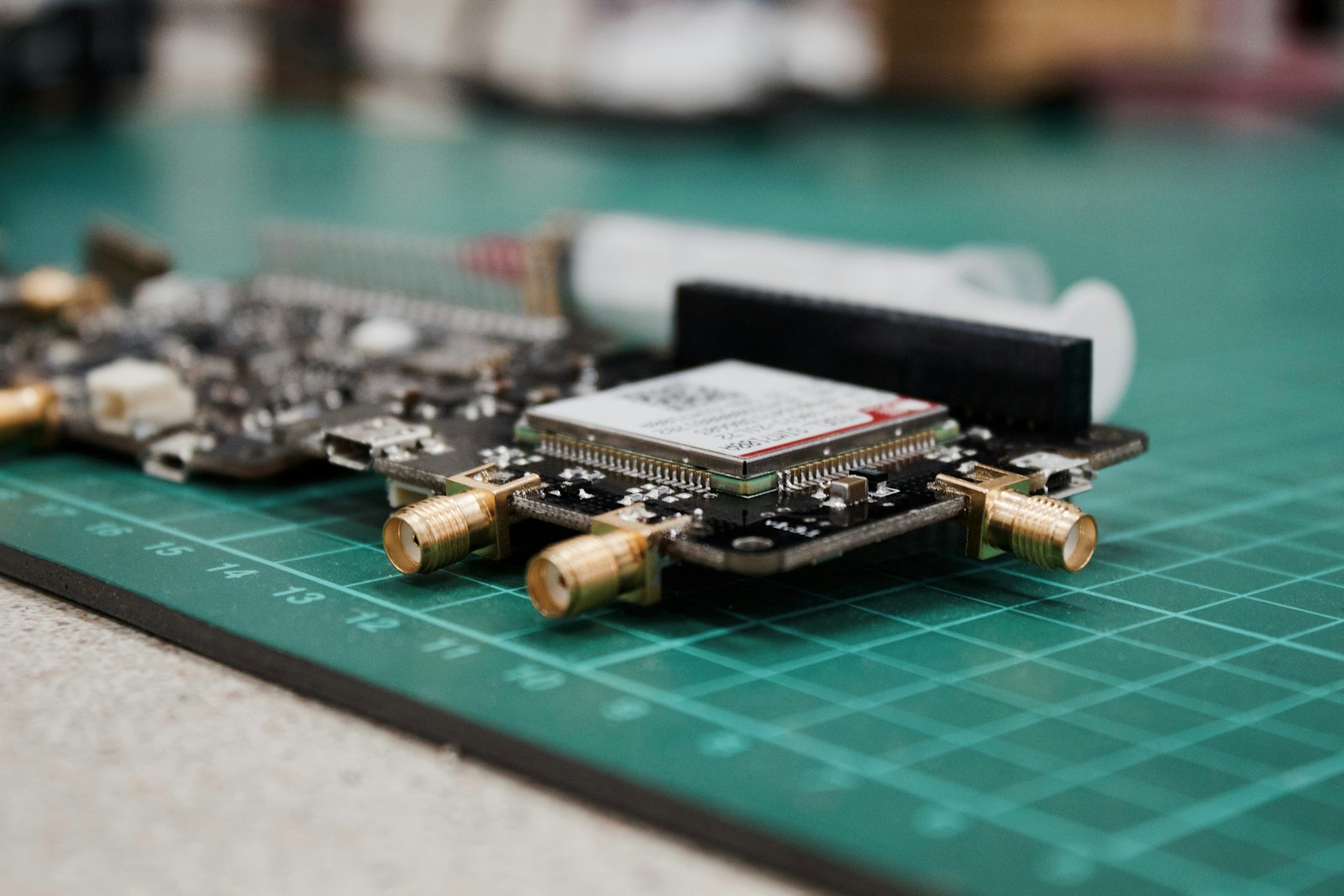The Critical Role of Real-Time Data Analytics in Predictive Maintenance
How Real-Time Data Analytics Enhances Predictive Maintenance Capabilities
The integration of real-time data analytics in predictive maintenance has transformed how industrial facilities in cities like Riyadh and Dubai manage their operations and equipment. Predictive maintenance, enabled by real-time data, involves the continuous monitoring of machinery and systems to predict potential failures before they occur, allowing for proactive interventions. This approach not only reduces downtime and maintenance costs but also enhances overall operational efficiency, making it a critical component of digital transformation in the industrial sector.
One of the key benefits of real-time data analytics in predictive maintenance is its ability to provide immediate insights into the health of industrial equipment. By continuously collecting and analyzing data from sensors embedded in machinery, real-time analytics can detect anomalies and performance deviations that may indicate impending failures. In Riyadh, where industrial operations are expanding rapidly, this capability has been essential for maintaining the reliability of critical infrastructure such as power plants and manufacturing facilities. For example, real-time monitoring of temperature, vibration, and pressure levels in equipment can alert operators to issues that require immediate attention, preventing costly breakdowns and ensuring uninterrupted production.
Another crucial aspect of real-time data analytics in predictive maintenance is its ability to leverage machine learning algorithms to predict future equipment behavior. By analyzing historical data alongside current performance metrics, predictive models can identify patterns and trends that suggest potential failures. In Dubai’s industrial sector, this predictive capability has been instrumental in optimizing maintenance schedules, allowing companies to perform maintenance activities only when necessary rather than on a fixed schedule. This data-driven approach not only improves equipment lifespan but also reduces maintenance costs by minimizing unnecessary interventions.
Reducing Downtime and Enhancing Operational Efficiency
Reducing downtime is a significant advantage of utilizing real-time data analytics in predictive maintenance. Unplanned downtime can be incredibly costly for industrial facilities, leading to lost production, increased labor costs, and potential damage to machinery. In Saudi Arabia, where the demand for uninterrupted industrial operations is high, minimizing downtime through predictive maintenance is a strategic priority. Real-time data analytics allows facilities to identify potential issues before they cause a complete shutdown, enabling quick and targeted responses that keep production lines running smoothly.
For instance, in Dubai, real-time analytics have been employed in water treatment plants to monitor the performance of pumps and filtration systems. By continuously analyzing data from sensors, operators can detect signs of wear and tear early, such as changes in pressure or flow rates, that could lead to equipment failure. This proactive approach enables maintenance teams to address issues during scheduled downtimes rather than during peak operational periods, thereby reducing the impact on overall productivity. Moreover, this method of predictive maintenance supports sustainability goals by optimizing energy usage and reducing waste associated with unplanned maintenance activities.
The use of real-time data analytics also contributes to enhanced operational efficiency by enabling more precise control over maintenance resources. In Riyadh, predictive maintenance powered by real-time data has allowed industrial facilities to streamline their maintenance processes, ensuring that resources are allocated where they are needed most. By accurately predicting which components are likely to fail, companies can reduce their inventory of spare parts and lower the costs associated with emergency repairs. This not only improves the financial performance of the facility but also contributes to the broader goals of operational excellence and competitiveness in the industrial sector.
Implementing Real-Time Data Analytics for Predictive Maintenance Success
Strategies for Successful Integration of Real-Time Data Analytics in Industrial Facilities
To fully leverage the benefits of real-time data analytics in predictive maintenance, industrial facilities must adopt a strategic approach to data integration and technology deployment. One of the most critical success factors is ensuring that the data collected from various sensors and monitoring devices is accurate, relevant, and actionable. In Saudi Arabia, where industrial facilities are often large and complex, integrating data from multiple sources into a centralized analytics platform is essential for gaining a comprehensive view of equipment health. By standardizing data formats and implementing robust data management practices, facilities can ensure that their predictive maintenance efforts are based on reliable information.
Another important strategy is investing in the right technologies and tools that support real-time data analytics. Advanced software platforms that utilize machine learning and artificial intelligence are key to unlocking the full potential of predictive maintenance. These technologies can process vast amounts of data in real time, identifying subtle patterns and correlations that might be missed by human analysts. In Dubai, industrial leaders are increasingly turning to AI-driven analytics platforms to enhance their predictive maintenance capabilities, enabling them to stay ahead of equipment failures and maintain high levels of operational efficiency.
Collaboration between IT and operational teams is also crucial for the successful implementation of real-time data analytics in predictive maintenance. In Riyadh, where industrial facilities are embracing digital transformation, fostering a culture of collaboration and data-driven decision-making is essential for maximizing the benefits of predictive maintenance. By working closely together, IT and operational teams can ensure that data analytics tools are properly configured, that insights are effectively communicated, and that maintenance actions are aligned with the overall strategic goals of the facility. This collaborative approach not only improves the effectiveness of predictive maintenance efforts but also drives a more integrated and responsive operational environment.
Overcoming Challenges in Real-Time Data Analytics for Predictive Maintenance
While the benefits of real-time data analytics in predictive maintenance are clear, industrial facilities often face challenges in implementing these solutions effectively. One of the main obstacles is the initial cost of deploying IoT sensors and analytics platforms, which can be significant, especially for older facilities that require extensive retrofitting. However, in cities like Dubai and Riyadh, where government initiatives support industrial modernization, there are opportunities for companies to access funding and resources that can offset these costs. By taking advantage of these programs, facilities can reduce the financial burden of adopting predictive maintenance technologies.
Data security and privacy are also critical concerns when implementing real-time data analytics in industrial settings. As more data is collected and transmitted across connected devices, the risk of cyberattacks increases. Ensuring the security of sensitive operational data is paramount, particularly in industries such as energy and manufacturing, where disruptions can have far-reaching consequences. In Saudi Arabia, adhering to national cybersecurity frameworks and implementing best practices, such as encryption and access controls, are essential for protecting data integrity and maintaining trust in predictive maintenance systems.
Finally, overcoming resistance to change within the organization is a common challenge in the adoption of predictive maintenance. For many facilities, moving from reactive or preventive maintenance to a predictive approach requires a significant shift in mindset and operational processes. In Dubai, successful industrial leaders have addressed this challenge by investing in training and change management programs that help employees understand the benefits of predictive maintenance and develop the skills needed to work with new technologies. By fostering a culture of continuous improvement and innovation, facilities can overcome resistance and fully embrace the advantages of real-time data analytics.
Conclusion: Realizing the Full Potential of Predictive Maintenance with Real-Time Data Analytics
In conclusion, the integration of real-time data analytics in predictive maintenance offers industrial facilities in Saudi Arabia, UAE, Riyadh, and Dubai a powerful tool for enhancing operational efficiency, reducing costs, and improving equipment reliability. By leveraging real-time data and advanced analytics, facilities can proactively address maintenance needs, prevent unplanned downtime, and optimize resource allocation. As the industrial sector continues to evolve, the importance of predictive maintenance will only grow, making it essential for business executives, mid-level managers, and entrepreneurs to recognize its value and invest in the necessary technologies and strategies.
By adopting a strategic approach to real-time data analytics and predictive maintenance, industrial facilities can not only overcome current challenges but also position themselves for long-term success in an increasingly competitive market. With the right tools, partnerships, and commitment to innovation, facilities can unlock the full potential of predictive maintenance, driving greater efficiency, sustainability, and business success in the Middle East and beyond.
—
#PredictiveMaintenance, #RealTimeData, #IoT, #IndustrialEfficiency, #DigitalTransformation, #SmartFactories, #MiddleEastTech, #BusinessInnovation, #SaudiArabia, #UAE, #Riyadh, #Dubai, #OperationalExcellence, #LeadershipSkills, #ProjectManagement, #BusinessSuccess









